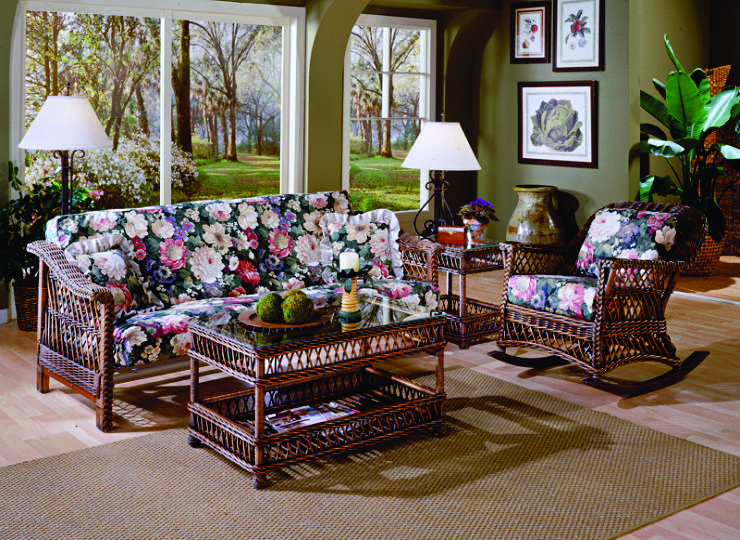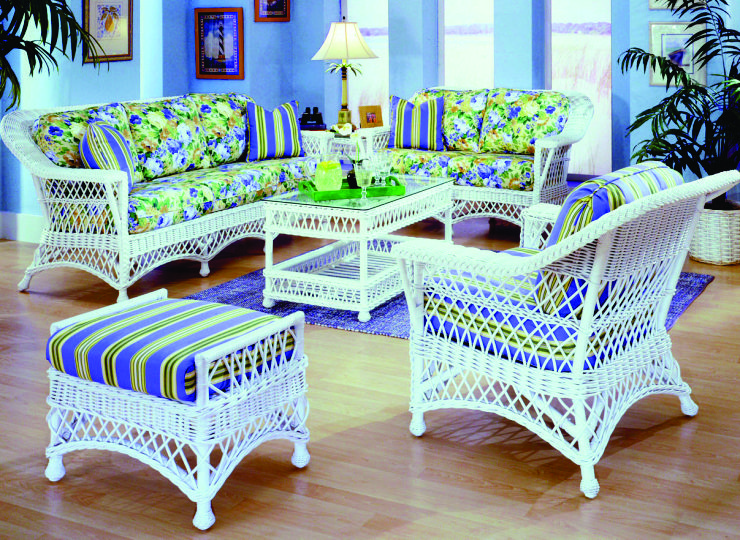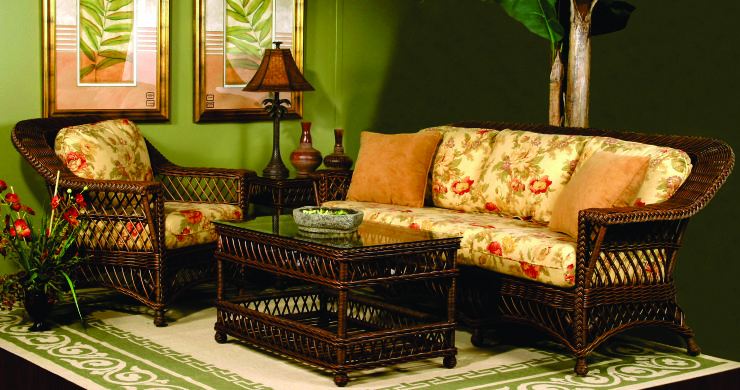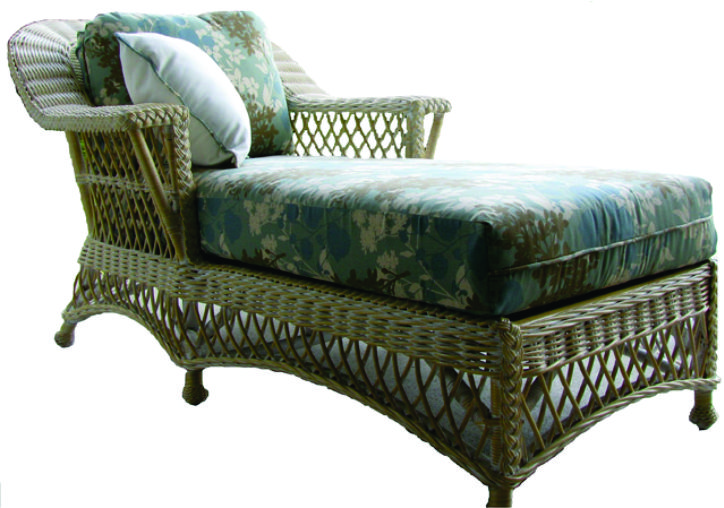Shop by Category
Craftsman Decor Craftsman decor and wood furniture holds a close association, but wicker also can find a place in this popular segment of design history. Much confusion and intermingling abound with the Arts and Crafts Movement, Mission styling and Bungalow decor. All have similar characteristics to Craftsman but with varying historical backgrounds that include European, Spanish and American heritages. Many furniture and decorating styles from the mid-1800s through the early 1900s are interrelated by their designers and numerous similarities. The Arts and Crafts movement, for instance, originated in Europe, eventually adopting an Americanized version. As a social rebellion against ornate Victorian pieces and the plights of factory workers, this return to simplicity received much attention due to premium craftsmanship.  Historical accounts vary, but Gustav Stickley retains the undisputed honors behind Craftsman styling, which many refer to as Mission. An error in an early advertisement, with reference to Spanish missions, removed Stickley’s original designation in an exclusive reference to his furniture. As an evolution from the Arts and Crafts movement, this new American Craftsman style adhered to original concepts with exposed joinery that showcased superior skills and bolder, more impressive pieces that were to influence many designers going forward. Mission style furniture, on the other hand, was an immediate precursor to Craftsman, with its reported origins in California at the hands of Joseph McHugh and inspirations from A.J. Forbes. Many believe that Stickley found a middle ground somewhere between Mission and Arts and Crafts as his own furniture and home building plans evolved.  With its 1860s European background and arrival on America’s shores, Craftsman styling was popularized from 1900-1915. Stickley published a magazine promoting home plans and furnishings of his own and those of other designers who followed the same integrity in design. Wood, glass and copper remain prevalent in Craftsman styling. Straight lines, vertical slats and squared or rectangular wide-lipped tops are among the noted seating and table features. Some Craftsman components include flared plank legs, but the use of any carved ornamentation that does not lend structural support is usually lacking on skirting and aprons. In decorating a room, there are no allowances for daintier pieces. Furnishings are substantial in construction but always in balance with overall floor space and ceiling height. Natural finishes are also prominent, coordinating with earthen hues in wall tones, window coverings and rugs, wood flooring or tiles. Purists define Craftsman furniture as those pieces designed only by Gustav Stickley. However, the blurry lines among Arts and Crafts, Bungalow, Craftsman, Mission and all other mimicking styles allow plenty of opportunities to bring rattan furniture into a sunroom and other living spaces or bedrooms. Dining areas can include high, straight-backed woven chairs with squared seats and cane legs. Handcrafted seating with vertical spindle insets is also appropriate.  Open latticework found in the Bar Harbor Furniture and Cape Cod style furniture is a bit more elaborate, but would be a nice touch among more staid Craftsman furnishings. Set aside in a reading corner, wicker arm chairs make excellent single or conversation groupings while a simply woven chaise lounge is welcome anywhere. Cushion choices can still integrate some colors and patterns if they remain subtle. For a less invasive touch of wicker, lamps with woven bases are accessories that pair well with wood furnishings. Whether designing for a bungalow or a larger space, Craftsman retains a distinctive place in history that makes it a beloved choice for many of today’s interiors. | |